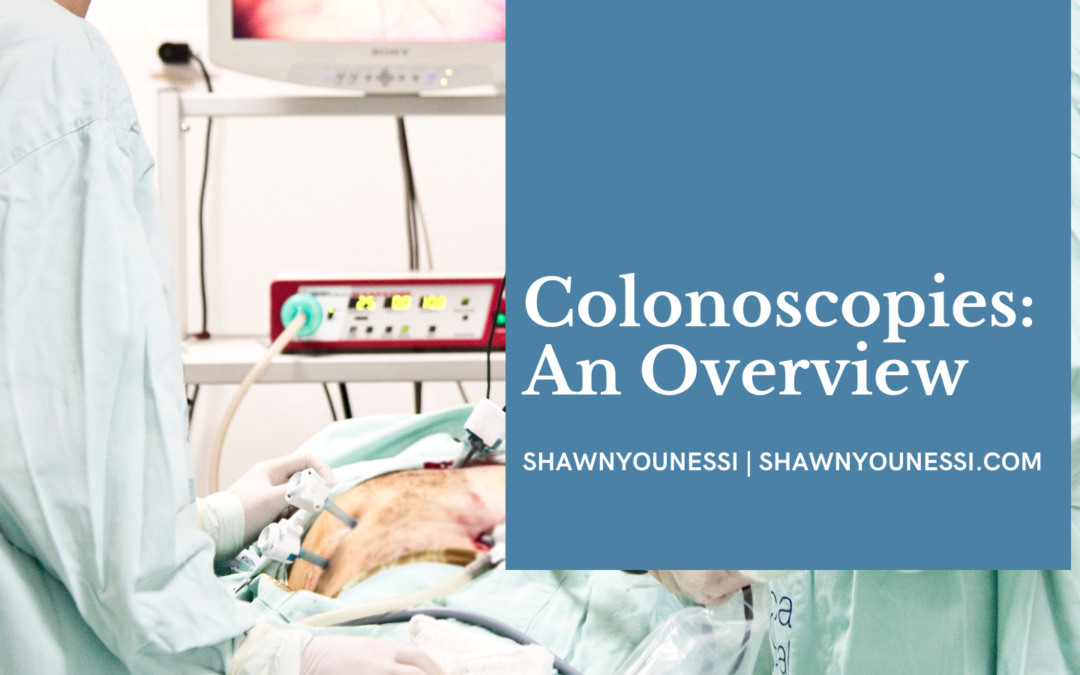If you’re nearing the age of 45, you may be dreading what’s to come: colonoscopies. The name may seem scary, but it’s not a painful procedure at all. In fact, many people say that the worst part of the whole process is the preparation. Furthermore, you won’t even be awake to remember all of it. Today we’re going to be going through a comprehensive overview of colonoscopies.
What is a colonoscopy?
A colonoscopy is an examination of your large intestine for the cause of issues such as abdominal pain, rectal bleeding, or significant changes in bowel movements. They’re also used to prevent colorectal cancer. Because of that, it’s highly recommended that you start having them at age 45. During a colonoscopy, the examiner can look for abnormal growths or polyps and remove them before turning into cancer.
How do I prepare for a colonoscopy?
Before having a colonoscopy, it’s essential to let your doctor know about any preexisting medical conditions that you may have, such as pregnancy, kidney disease, lung or heart conditions, or allergies to medications. It’s also important to let your doctor know whether you take drugs that could affect blood clotting so that they can adjust them accordingly.
A clean colon is essential to have a successful colonoscopy. Unfortunately, this means that restricting your diet is necessary, eliminating solid foods for at least 24 hours prior to your procedure. However, clear liquids aren’t off the table: coffee, broth, water, and sports drinks are all allowed.
Next, your bowel must be emptied. This can be achieved in one of two ways: drink a laxative that helps aid the emptying of your bowels or supplement the laxative with a series of enemas. This can be done the night before your colonoscopy or the night before and the morning of your procedure.
You must arrange with someone to take you home after your procedure, as you will be sedated or under anesthesia for your procedure. It’s generally unsafe for you to drive or operate heavy machinery for at least eight hours after.
How is it performed?
You will most likely lay on your left side on an examination table during your procedure. You’ll have sedatives fed to you through an IV in either your arm or hand, rendering you unconscious. ]
The doctor puts a colonoscope (a long tube-like instrument that’s half an inch wide) in your rectum during the procedure. It has a light and a video camera on the tip so that the doctor can look for any problems in your colon. The colonoscope also has a tube that allows air to be pumped into your colon, effectively inflating it and making it easier to see the colon and its lining.
Your doctor also can use a small snare in the colonoscope to take little biopsies, or small samples of your colon, for testing. It’s also used to take out abnormal growths.
After the exam
The process should only take about 20 to 30 minutes. After which, you’ll be in the recovery room for up to an hour to wake up from the anesthesia. After your procedure, you may have cramping or feel the need to pass gas, both of which are incredibly normal. You can go back to your previous diet after leaving the office.
If the doctor did a biopsy or removed polyps, you might need to steer clear of blood thinners for days. Be sure that you understand and follow your doctor’s directions. Bleeding and punctures of the colon are incredibly rare but are possible problems from a colonoscopy. If you have excessive bleeding, bleeding that lasts for a long time, or severe abdominal pain, fever, or chills, it’s important that you call your doctor immediately.
